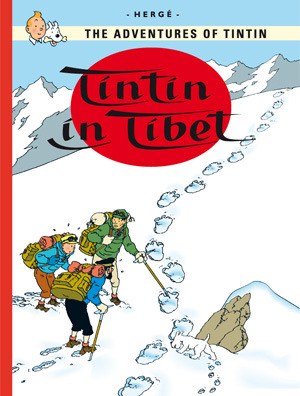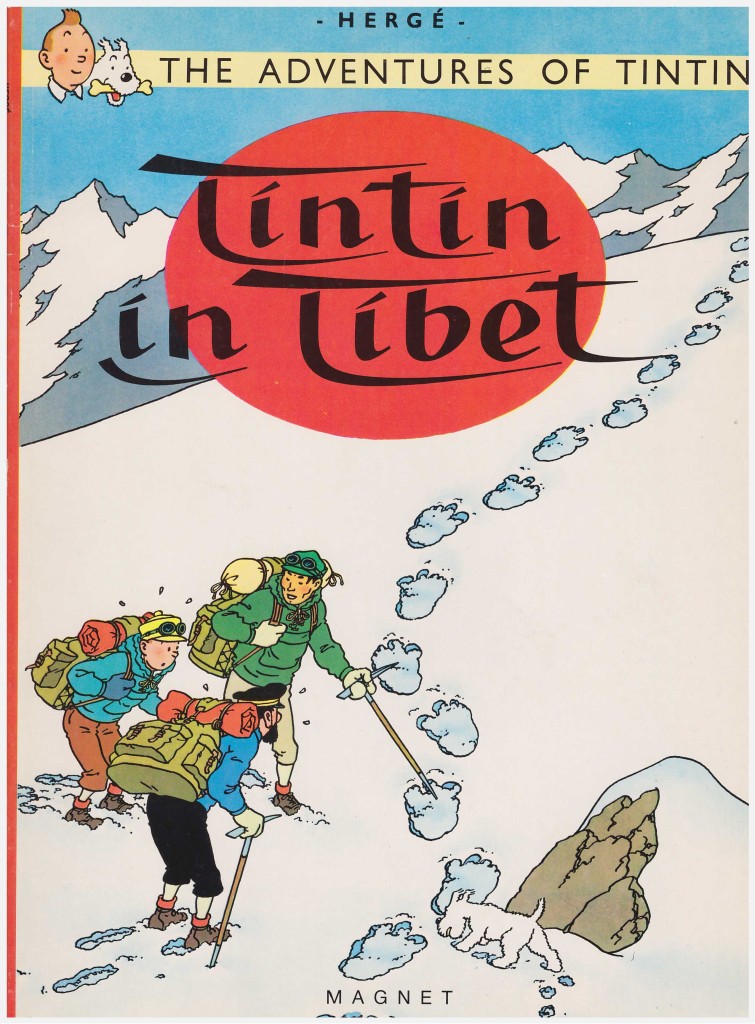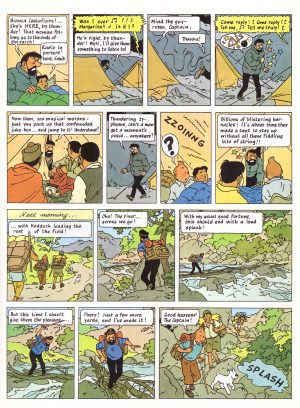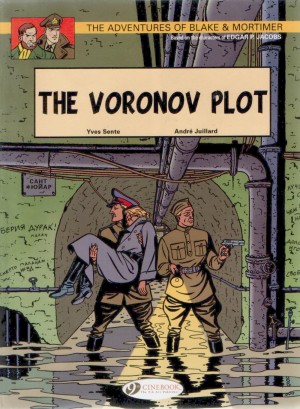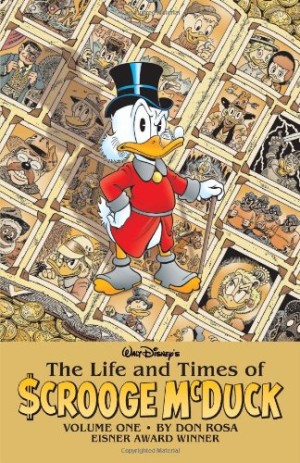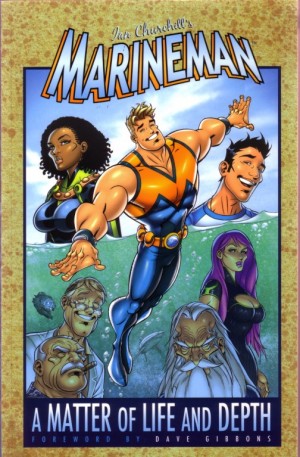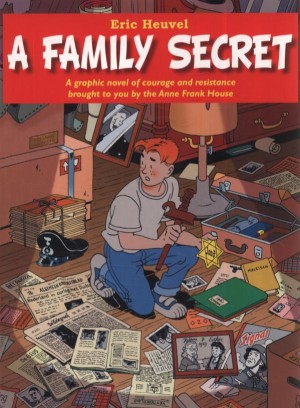Review by Frank Plowright
The backstory to Tintin in Tibet is one of anguish and depression, yet the deep emotions invested within resulted in a book that many rate as the finest in the Tintin canon. When producing The Blue Lotus in 1934 Hergé consulted with a Chinese student studying in Brussels to ensure the accuracy of his depictions and characterisation, and a version of Chang-Chong-chen became a leading character.
In the mid-1950s Hergé was a profoundly unhappy man. Confined by a marriage no longer working for him, he underwent psychoanalysis, which provided little comfort, but helped him isolate what he considered his happiest period on Tintin. Chang opened him to a new culture and the fascination would span his life. Hergé hoped to revisit the joy of that discovery coupled with the friendship until Chang returned to China by reactivating his character from The Blue Lotus.
This ultimately life-affirming book begins in possible tragedy, and by introducing a mystical theme that would recur. Reading of a plane crash in Nepal, Tintin nods off, yet awakens suddenly, convinced his friend is involved and imperiled. Captain Haddock can’t talk him out of travelling to the far East to investigate.
One manner of several in which Tintin in Tibet is unique among the canon is the predominance of Fortean content, and as befits the serene undertone of the narrative, it’s all presented in credible and sympathetic fashion. The core theme, though, is friendship. Tintin’s quest for Chang prods the plot, but his friendship with Haddock is equally important. There is no villain here, and other than perpetual companion Snowy, Haddock is the only member of the regular ensemble cast to have anything other than a cameo role. His scepticism contrasts Tintin’s pure faith, the polarising aspects of Hergé’s own psyche playing out across the pages, yet his support is unfailing, irrespective of how he views Tintin’s beliefs.
Haddock is the sole source of humour, and receives some fine scenes. Early hallucinations segue into rage on hearing what he considers the screeching operatic tones of Bianca Castafiore issuing from a radio halfway up a mountain. There’s his astonishment at a traditional Tibetan greeting and the continuing comedy of alcohol, perhaps viewed a little differently from a 21st century perspective.
Artistically Hergé and his studio are on top of their game with beautiful character-rich cartooning, detailed exotica and excellent storytelling.
The subjugation of Tibet and the plight of its spiritual leader the Dalai Lama remains a news item over fifty years after Hergé completed this book. His sympathies are obvious.
As with all but the earliest Tintin tales, Tintin in Tibet is meticulously researched and beautifully drawn, but its personal nature elevates it beyond. It led to the equally unique and impressive The Castafiore Emerald.
